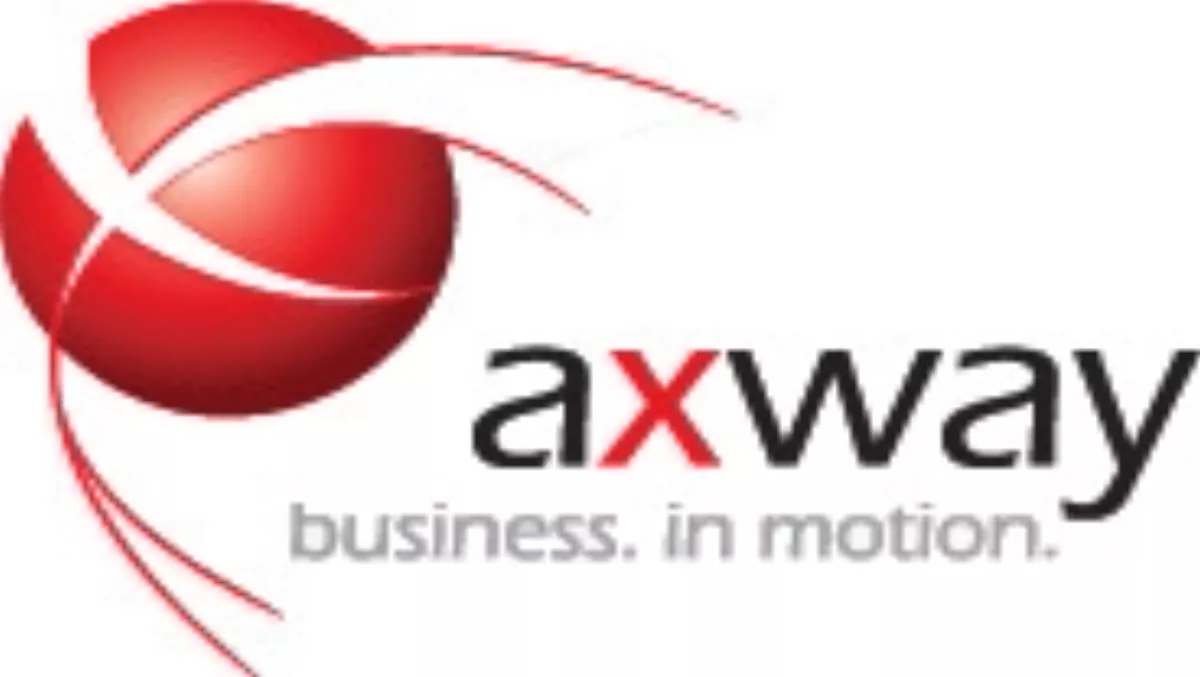
Advanced functionality heightens promise of supply chain collaborative networks
A pervasive problem in the retail value chain is making sure that the right item is in the right place at the right time. This is the goal for all supply chain planning, preferably with minimum stock levels at all locations in order to optimise efficiency and profitability.
But what is the right item and where is the right location? Reports from most ‘product-based’ industries show us this is not a simple question to answer.
Today, you can find reliable answers by using forecasting and planning applications combined with web-based or cloud-based visibility tools to get crucial information from all parts of a supply chain.
Managed File Transfer (MFT) solutions now provide the critical middle layer to facilitate the data. This ensures that, for example, POS data gets to the right destination in a rapid and secure manner. Most advanced MFT systems will also provide a view into the file path. A select few solution providers can actually parse into the file and add governance and visibility features. This more advanced functionality provides the best profitability path to reduced stock, without losing service levels with channel and trading partners.
The ability to share forecast information via self-service portals is becoming more and more important, too. For example, now that technology can provide the platform, a salesperson’s input to the forecast, made from any location—and the supplier’s view of the customers’ future demand predictions—can be correlated via a central source. These interaction patterns are beginning to deliver on the promise of supply chain collaborative networks.
We are nearing a point where some market players are accomplishing the main objective of any supply chain—minimising conflict between establishing safe stock levels at all critical points in the chain and avoiding excess stock from piling up.
- Some key elements to consider carefully are:
- Safety stocks driven by necessary service levels at all locations
- Demand forecasts for immediate replenishment quantities and future orders enable suppliers to anticipate peaks and troughs in future requirements
- Making the right correlations helps forecast and planning applications simulate exact scenarios and calculate the consequences
- Recommending orders based on demand forecasts, safety stocks, current stocks, orders not yet received and back orders
- Calculating the constraints of the business environment for longer-term planning
- Managing by exception if tighter stock controls are required
- Providing supply and demand information throughout the pipeline (i.e., supplying the data needed to optimise stock allocation)
Supply chain enhancing B2B integration
Another issue with supply chain is lack of visibility, which has become a prime driver for the trend towards embracing B2B integration. Companies have a much better handle on the ‘operational basics’ as they relate to supply chain information. The problem is getting a more advanced and predictive forecast with that information.
Supply chain departments and standards groups have been banging away at these concepts for years (and perhaps, in some cases and vertical industries, decades). However, fully loaded software solutions are coming online to provide better visibility into supply chain data health. That includes both transactional and operations information.
But here are the missteps I see being made:
- Overinvesting in internal integration projects (EAI). Grant it, however, that web services are beginning to open that up a bit, and that will help provide a more cost-effective path going forward
- Staying with and continuing investments in legacy technology from legacy B2B integration service providers. How many times can those players repackage the same thing and, in some cases, charge even more than before? What a terrible cycle of inefficiency and expense!
- Thinking that solutions have to come in large, monolithic delivery models, either from an on-premise or cloud setup. Composite structures deployed on a priority basis will be the norm going forward, with these becoming a prerequisite for any agile supply chain.
They need to handle more interactions within their growth area in terms of IT project work, and they need to provide a central point to ensure that files are secure. Now that’s a solid internal value point! In some industries, such as instance healthcare, it is far more than a value point. It is an absolute mandate for doing business.
About Axway
Axway is the Business Interaction Networks company – the only provider in the market today to manage, run, secure, and monitor all of your business interactions, including email, files, messaging, services, events, and processes. Serving over 11,000 organisations in more than 100 countries, Axway facilitates the multi-enterprise transactions, processes and integration that accelerate business by eliminating the barriers between vendors, customers, departments, partners and suppliers.
Axway's comprehensive offerings include business-to-business integration, managed file transfer, secure email, business activity monitoring, enterprise application integration, service-oriented architecture, business process management, track & trace and identity validation solutions. Axway provides professional and managed services, as well as cloud computing and Software-as-a-Service (SaaS) offerings. Headquartered in Phoenix, Arizona, Axway's global presence spans 20 countries.
For media queries
MarketingAxway Australia
Tel: +61. 02 9956 4555
Web: contactaustralia@axway.com
David FrostPR Deadlines, for Axway
Tel: +61.2.4341 5021
Email: davidf@prdeadlines.com.au

